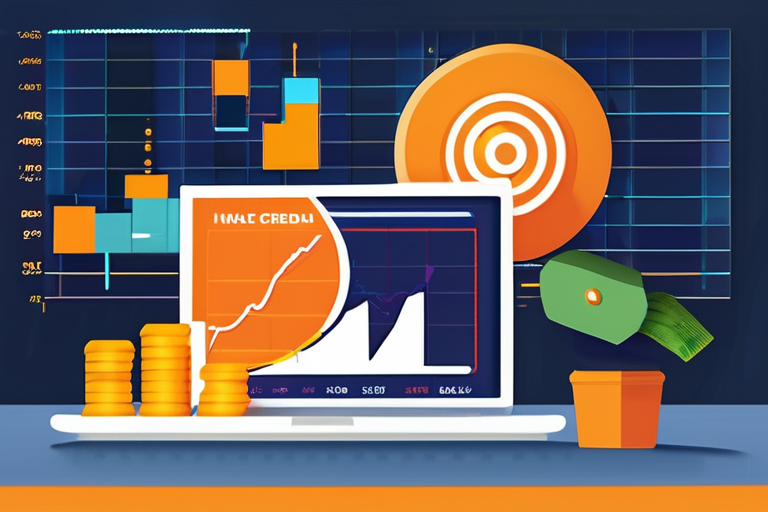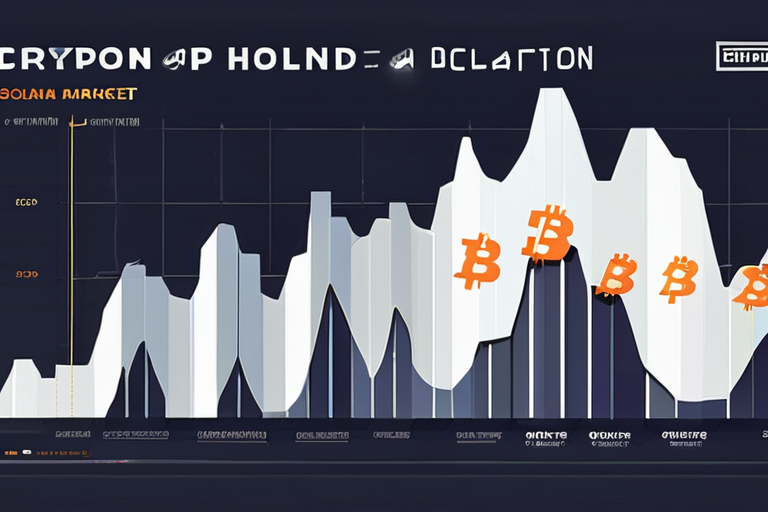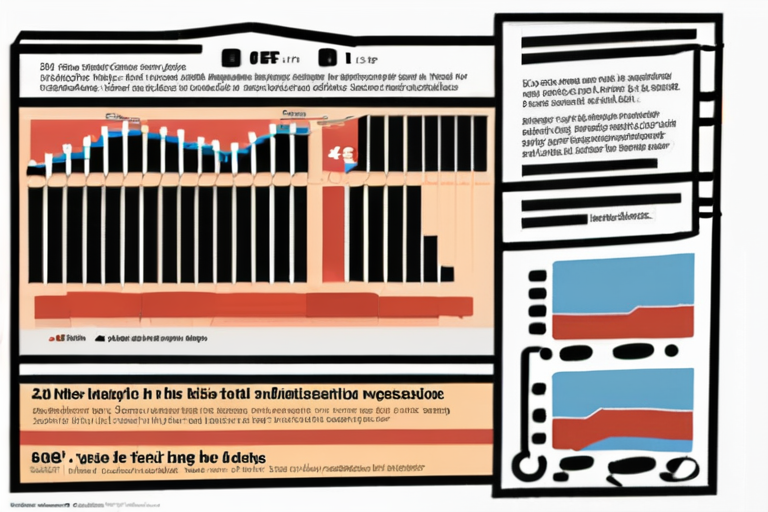Investors are increasingly turning to quantitative investment strategies for protection that will react faster during sudden market upsets. This shift in focus comes as volatility has eased after a mid-October bout of turmoil, with the Cboe Volatility Index (VIX) back below its year-to-date average of 22.5, according to data from Bloomberg.
Quantitative investment strategies, often referred to as "quant" strategies, rely on complex algorithms and mathematical models to make investment decisions. These strategies have been gaining popularity among investors seeking to mitigate risks and capitalize on market opportunities. In the current market environment, quants are being touted as a potential solution for investors looking to protect their portfolios from sudden shocks.
The VIX, often referred to as the "fear index," measures market expectations of future volatility. Its decline below the year-to-date average suggests that investors are becoming increasingly confident in the market's ability to withstand future shocks. However, strategists caution that risks remain, with high valuations and a reliance on a narrow set of companies to lead the rally posing significant challenges.
According to a report by Bloomberg Intelligence, the S&P 500 Index has been driven by a small group of high-growth companies, including tech giants such as Amazon and Microsoft. These companies have been responsible for a significant portion of the index's gains, but their high valuations and reliance on a narrow set of industries pose significant risks to the broader market.
Quantitative investment strategies, on the other hand, are designed to react quickly to changing market conditions. These strategies use complex algorithms and mathematical models to identify potential opportunities and risks, allowing investors to make informed decisions in real-time. In the current market environment, quants are being touted as a potential solution for investors looking to protect their portfolios from sudden shocks.
One of the key benefits of quantitative investment strategies is their ability to react quickly to changing market conditions. According to a report by Goldman Sachs, quants can react to market movements in as little as 1-2 milliseconds, compared to the 10-15 minute reaction time of human traders. This speed and agility are critical in today's fast-paced markets, where even small changes in market sentiment can have significant impacts on asset prices.
In addition to their speed and agility, quantitative investment strategies also offer a range of other benefits, including the ability to analyze large amounts of data and identify patterns that may not be apparent to human traders. These strategies can also be used to manage risk and optimize portfolio performance, making them an attractive option for investors seeking to mitigate risks and capitalize on market opportunities.
The increasing popularity of quantitative investment strategies is also driven by the growing use of artificial intelligence (AI) and machine learning (ML) in finance. These technologies are being used to develop more sophisticated quants that can analyze large amounts of data and identify patterns that may not be apparent to human traders. According to a report by McKinsey, the use of AI and ML in finance is expected to continue to grow in the coming years, with quants playing a critical role in the development of these technologies.
In conclusion, quantitative investment strategies are becoming increasingly popular among investors seeking to mitigate risks and capitalize on market opportunities. These strategies offer a range of benefits, including speed, agility, and the ability to analyze large amounts of data. As the use of AI and ML continues to grow in finance, quants are likely to play an increasingly important role in the development of these technologies.



























Share & Engage Share
Share this article